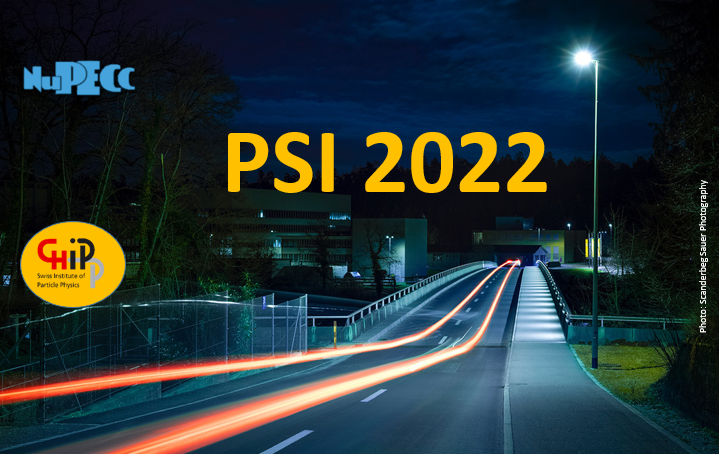Speaker
Description
Recent developments in the muon $g-2$ anomaly may bring about a renaissance of $\mu$ (and $\tau$) physics. The anomaly can be accounted for in the general two Higgs doublet model (without ad hoc $Z_2$ symmetry) via one-loop exchange of nondegenerate scalar $H$ and pseudoscalar $A$ bosons that have flavor changing neutral Yukawa couplings $\rho_{\tau\mu}$ and $\rho_{\mu\tau}$ at $\sim 20\lambda_\tau$, i.e. 20 times the usual $\tau$ Yukawa coupling. The complexity of $\rho_{\tau\mu}\rho_{\mu\tau}$ leads to rather large $\mu$EDM that can be detected by the PSI program. A similar diagram with $\rho_{\tau e} \simeq \rho_{e\tau} = {\cal O}(\lambda_e)$ induces $\mu \to e\gamma$, right into the sensitivity range of MEG II. The $\mu e\gamma$ dipole can be further probed by $\mu \to 3e$ and $\mu N \to eN$, where the latter may access extra diagonal quark Yukawa couplings $\rho_{qq}$. For the $\tau$ lepton, $\tau \to \mu\gamma$ can probe $\rho_{\tau\tau}$ down to $\lambda_\tau$ or lower, while $\tau \to 3\mu$ can probe $\rho_{\mu\mu}$ down to ${\cal O}(\lambda_\mu)$. The absence of $h(125) \to \tau\mu$ implies the $h$-$H$ mixing angle $c_\gamma$ has to be close to vanishing. While seemingly artificial, it may call for a symmetry behind the emergent "alignment" ($c_\gamma \to 0$) phenomenon. If $\rho_{\tau\mu}$ and $\rho_{\mu\tau}$ are at the more natural ${\cal O}(\lambda_\tau)$ so the one-loop mechanism is not behind the muon g-2 anomaly, $\mu$ and $\tau$ flavor violation remain interesting, but become a bit less rosy.

